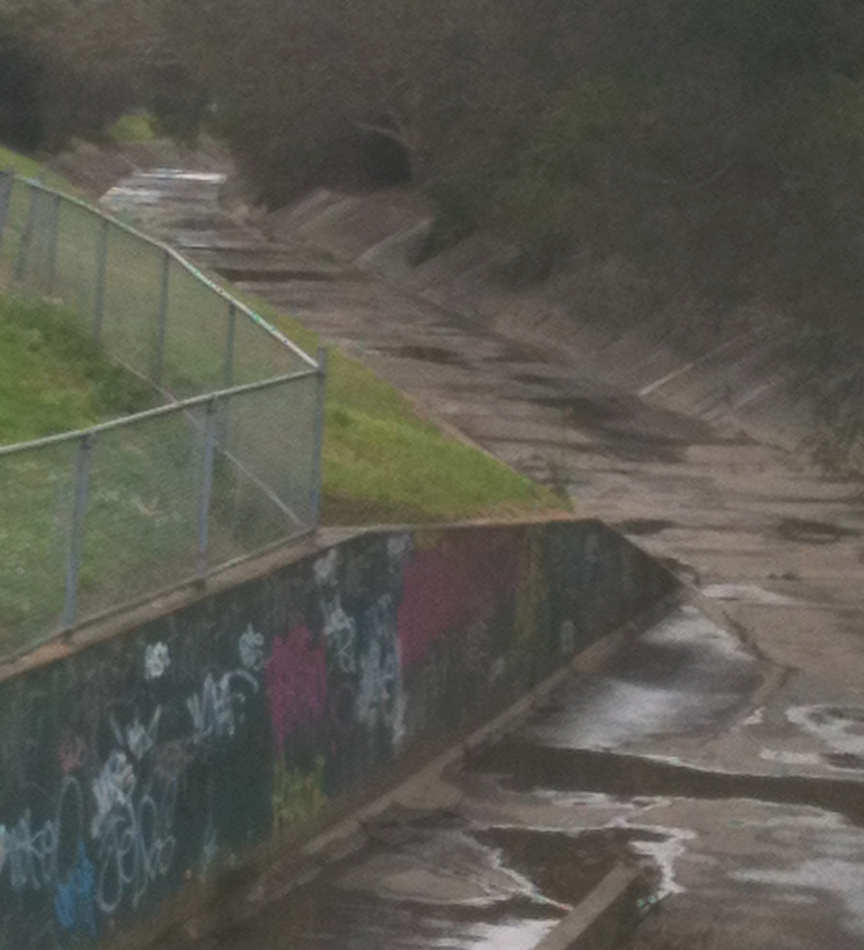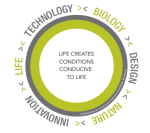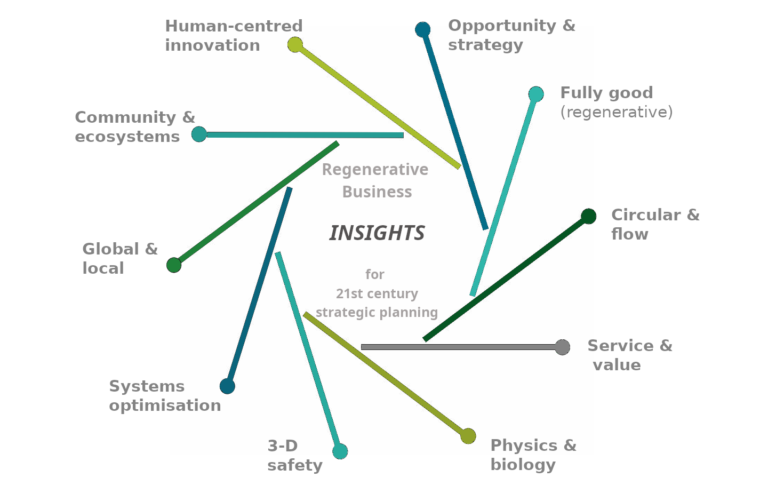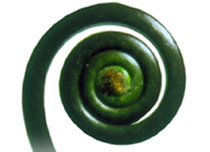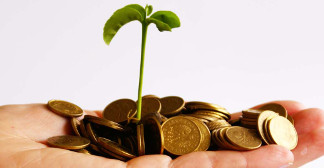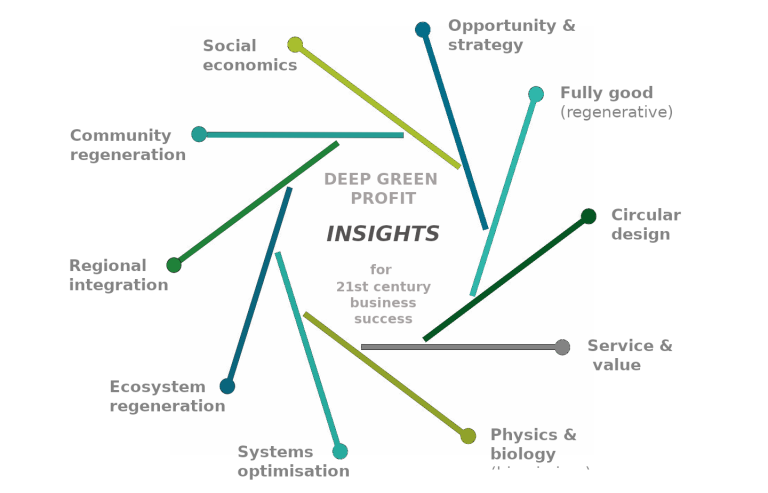What the bleep is biomimicry?
Biomimicry is a label for a design process that’s been developing over the past few decades – it’s a design process that happens where technology meets biology and physics. It challenges our traditional approaches of mechanical and chemical engineering with elegant new solutions.
Biomimicry has been happening since Leonardo sketched designs based on nature, but it has been named and defined since the 1990s by Janine Benyus and other fellow travellers.
(Janine explains it in this classic TEDtalk: http://www.ted.com/talks/janine_benyus_biomimicry_in_action/)
It’s been applied in all sorts of ways, and a recent contrasting example I’ve seen has been in the evolution of storm water management.
A picture is worth a thousand words
Here’s a basic example in storm water handling around Melbourne that illustrates the difference. Both are from outer the eastern suburbs.
One (in Bayswater) is designed for engineering efficiency, moving the maximum amount of water as quickly as possible away from its source. It carries water, rubbish and pollutants out to sea as quickly as possible – and when it blocks, it blocks sprectacularly.
The new approach (under Eastlink) is about copying natural systems – slowing water down, allowing sediments to drop out, using reed beds to filter the water.
Applying biomimicry
Biomimicry can be applied at a variety of levels, from the features of an individual product to productive systems that meet the needs of all from local resources. One of the things it provides is a new perspective on tough design problems.
It’s essence is to “copy nature” – and it’s one of ten basic principles for developing “deep green” Regenerative Business strategies. For other ideas PLUS a 90 page introduction to Regenerative Thinking, register for the Deep Green Profit INSIGHTS, a 10-part email series.

